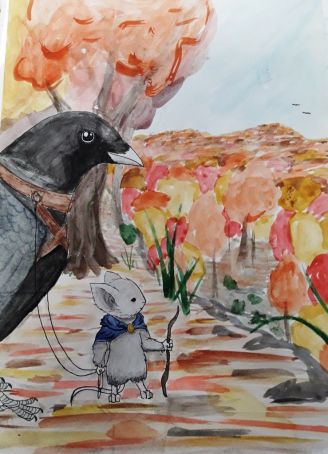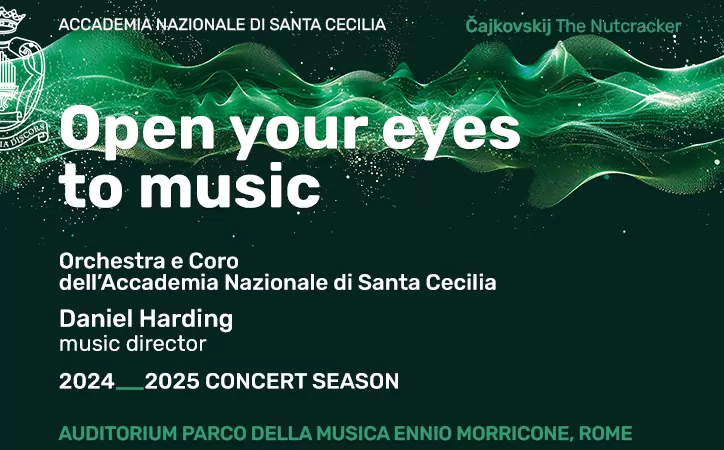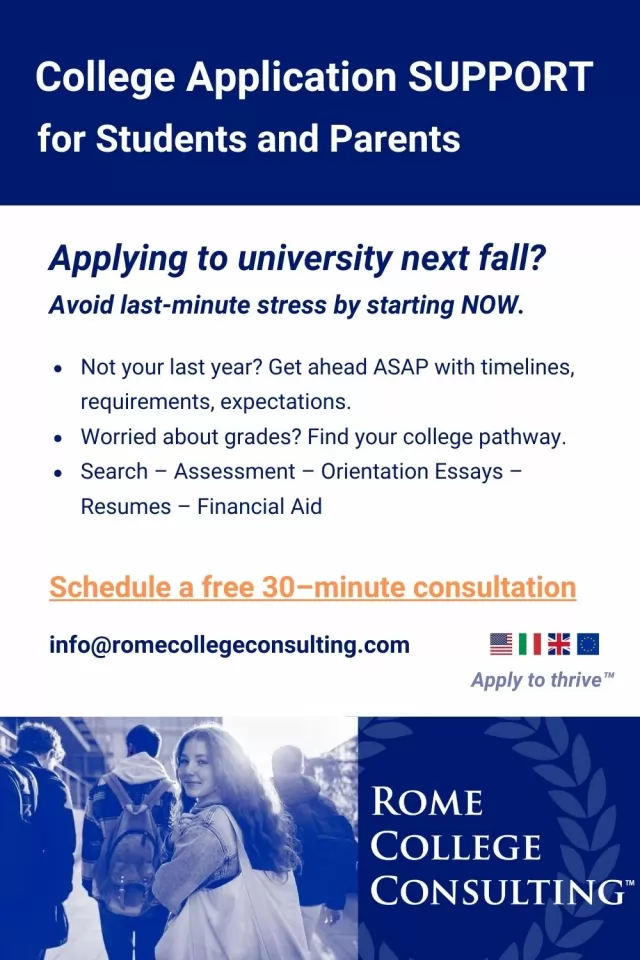Wanted in Rome Junior: Autumnal Chestnuts
Giacomo Damassa, Year 10 at The New School Rome, describes the traditions behind his family's chestnut harvest each autumn.
Coming back from the castagneto we were all exploding with a mixture of exhaustion, sweat and happiness. Our coats were heavy and soaked with the wood’s fresh smell. They seemed to weigh double, as if sleeping on our shoulders after the long walk. Wrinkles in my grandmother’s hand clenched the robust wicker basket that held our precious trophy. Inside, the chestnuts were lying in neat bundles on a bunch of fern and oak leaves. Most of them we had already cleaned but the golden spikes of their protective shell could be seen glowing, even from outside the basket.
We were arriving at our home village. To greet us, the little stone church was bleeding out vast numbers of ancient women singing chants of monotonous prayers. My family was now moving through the vein-like pathways that ran through the huddled houses at the centre of the small town. In our minds we shared the same idea of relaxing, altogether, in our cosy house.
Meanwhile, in Rome it is October and in their day-time slumber, thousands of people ignore the perfume of chestnuts, cooked by unemployed workers at the edge of the roads. Their skin darkens and, once black, falls off. From the cut the skilled worker made, the golden pulp starts coming out and hardening. Fumes rise from the chestnuts, heating the air and when somebody passes nearby he is instantly caught in a memory and feels suddenly warmer inside.
My family is all in the house now, the warm air smells like wood and uncut wet grass. The scent of wilderness and the soaked forest has followed us, creeping in from behind, crawling under the door and resting over the basket of bronze chestnuts. In my family we all have a job on days like these: my dad and his brother turn the polenta in a big cauldron, I add the ingredients, my mother and grandmother cook ragù and sausages. They will then put a long wooden board on the table. As everyone sits down, my uncle will pour the polenta at the table. Then my grandmother adds to the centre of the table a mixture of sausages and blood-red tomatoes. Gathered around the table, we all start eating: cutting, devouring polenta, arriving at the centre to eat the sausages. The giant food map is full of routes now. The steaming flavour of the floury mixture with tomato makes us feel warm and sleepy. As the first travellers arrive at the centre, they start picking the sausages that are now encrusted with warm polenta and ruby tomato.
After we have all eaten, my grandfather brings the boiled chestnuts into the room, and, whilst gazing out of the window at his beloved mountains, starts peeling the chestnut skin with his knife. The lucid, bold red skin has auburn shades and darker vein-like stripes cutting it vertically. My grandfather’s big calloused hands handle the knife precisely, as if it were an extension of his arm. The ash-pale, powdery pulp extracted is meticulously cleaned of any residue of outer shell or of its internal velvet-like skin. The inside of the chestnut is as wrinkled as my grandfather’s hand. The secret to making the best chestnuts is to work hard during that day to collect them.
Now that my grandfather is no longer here, it’s my father’s job to clean the chestnuts and I hope that, in the distant future, I too will be granted the honour of doing it myself when the time comes.
Giacomo Damassa

New Library and Resource Centre at The New School
The New School Rome’s brand new Library and Resource Centre was officially opened on 28 November 2016. This new space gives the school its first ever combined Senior and Junior Library where students can study, relax and read books in a cosy, quiet environment bathed in natural light. Not only can students read in the old-fashioned way, they can also read ebooks or online content using a brand new dedicated set of tablets.

The school held an art competition to mark the opening of the Library and Resource Centre, inviting celebrated food writer, Rachel Roddy to judge, and the prizewinning pieces are now on display inside.

Rachel, who lives in Rome, is the author of Five Quarters: Recipes and Notes from a Kitchen in Rome and winner of the 2015 André Simon food book award. She also writes a regular column for The Guardian containing recipes inspired by her culinary experiences in the city.
During the day, she staged readings of children’s stories to students in Early Years and Years 1 and 2, as well as leading Creative Writing workshops for students in Years 8 and 10. The pupils were tasked with recalling a particular memory associated with food and then using it as the basis for a piece of reflective writing, including the particularly evocative Autumnal Chestnuts by Giacomo Damassa.
Malcolm McColl, English and Drama Teacher
The New School Rome, Via della Camilluccia 669, tel. 063294269, www.newschoolrome.com.
WANTED IN ROME JUNIOR: For young writers and artists
Wanted in Rome is accepting creative contributions from students in all international schools in Rome. Articles on topics related to either the student’s life in Rome or their school projects can be submitted by their class teachers. The work should be no more than 1,000 words and all contributions should contain the name, age and school of the student. We also accept illustrations. Any class teachers who would like to propose a project please contact editorial@wantedinrome.com.


















